Environmental activist swims length of Hudson River
Lewis Pugh shares the 'amazing story' of the river's pollution turnaround on 'America's Newsroom.'
For many people around the globe, New York City is just a flight away.
With three major airports, tunnels, bridges and cruise ship terminals, the Big Apple is easily accessible to millions of visitors each year. People flock here to experience the bustling city life, to snap a selfie with the Statue of Liberty, to see a Broadway show, to enjoy a stroll in Central Park... or simply to devour a slice of the famed New York pizza.
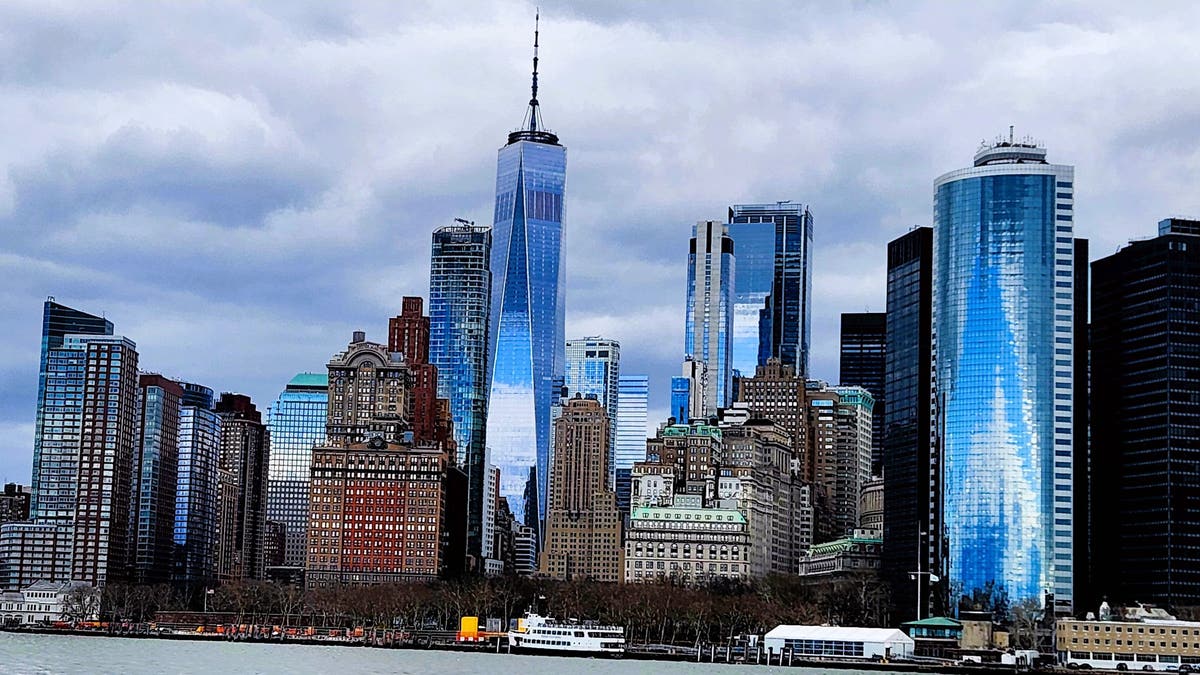
The New York City skyline looked nothing like this when Giovanni da Verrazzano arrived here. (Danuta Hamlin)
New York City is one of the top-rated tourist attractions in the world, and many have it on their proverbial bucket list.
However, the first outsider to reach New York Bay and to describe it was Giovanni de Verrazzano, an intrepid Italian explorer from Florence.
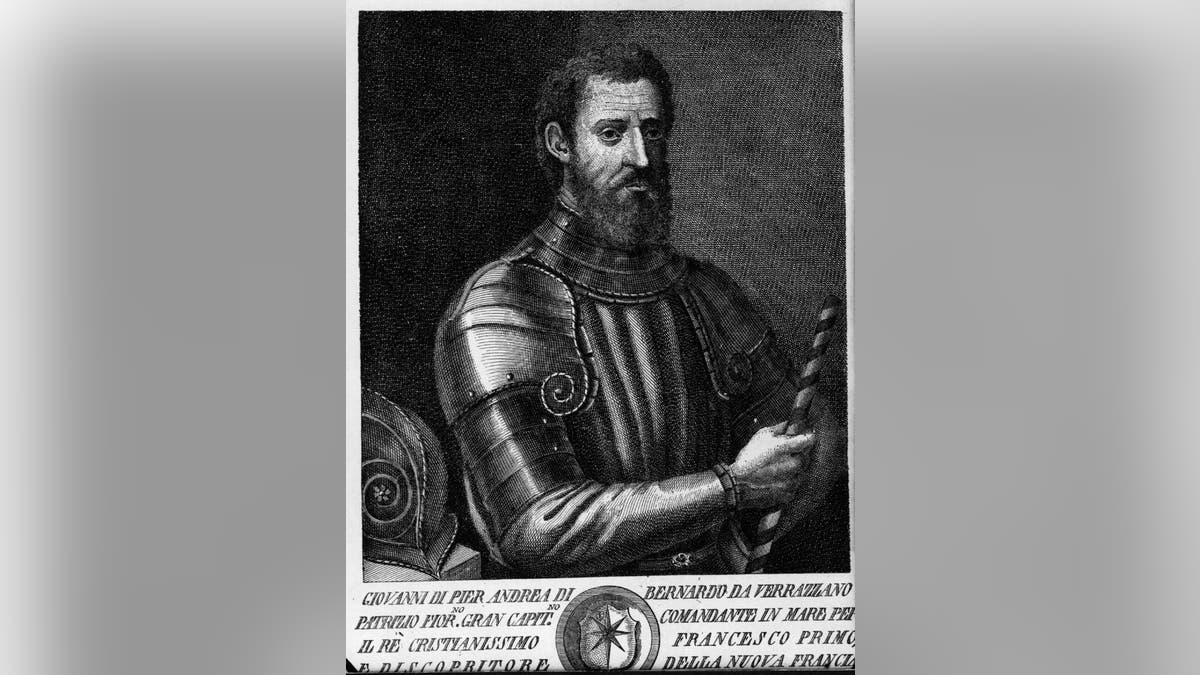
Giovanni da Verrazzano (1485-1528), an Italian navigator who was the first European to sail into New York Harbor. (Photo by Hulton Archive/Getty Images)
NICOLAUS COPERNICUS: THE MAN WHO STOPPED THE SUN AND MOVED THE EARTH
He sailed here with a crew of 50 exactly 500 years ago, and he certainly liked what he saw.
"After a hundred leagues we found a very agreeable place between two small but prominent hills," Verrazzano wrote in his letter to King Francis. "Between them a very wide river, deep at its mouth, flowed out into the sea."
It was the Hudson River, as we now know it, that he was describing.
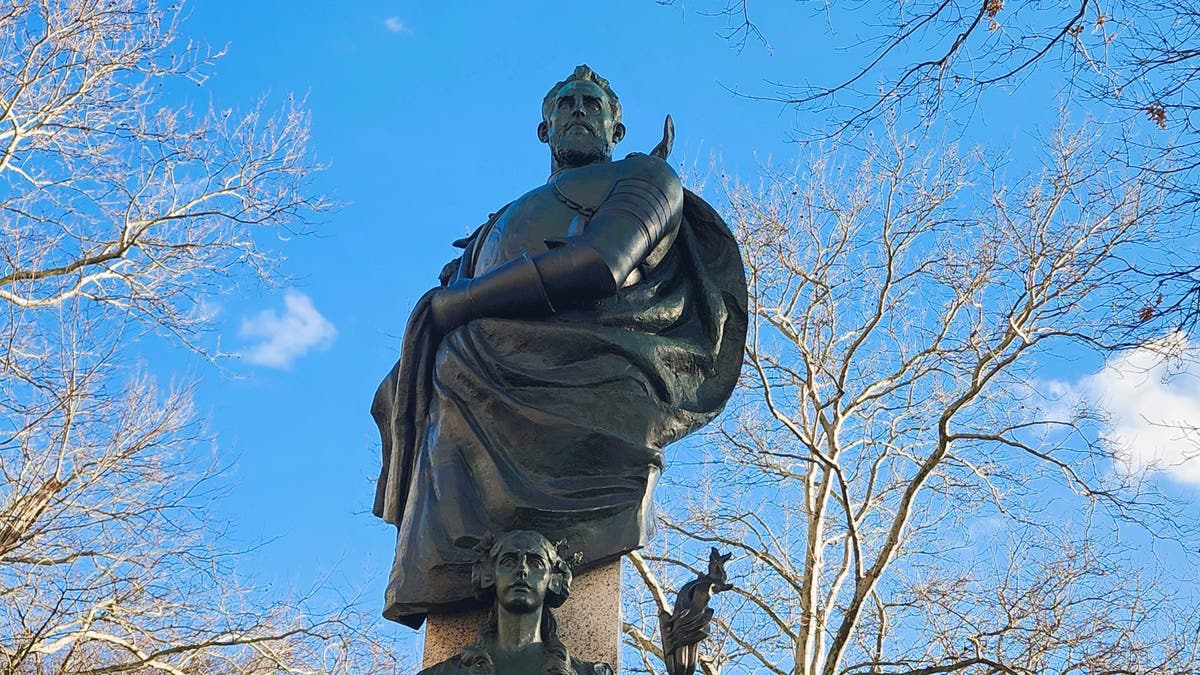
The Statue of Giovanni da Verrazzano in the Battery, New York City. (Danuta Hamlin)
Verrazzano was born in 1485 in Tuscany, and Castello di Verrazzano is frequently mentioned as his birthplace. Upon finishing his education in Florence, he journeyed to France and began his career as a navigator. Throughout the years, he traveled to the eastern parts of the Mediterranean Sea, known then as the Levant, where Western traders exchanged European commodities for an array of goods including spices and incense.
However, in 1522, when the surviving members of the Magellan expedition returned to Spain with maps and fascinating stories of circumnavigating the entire globe, it became evident to European merchants that the competition in trade had just entered an entirely new phase.
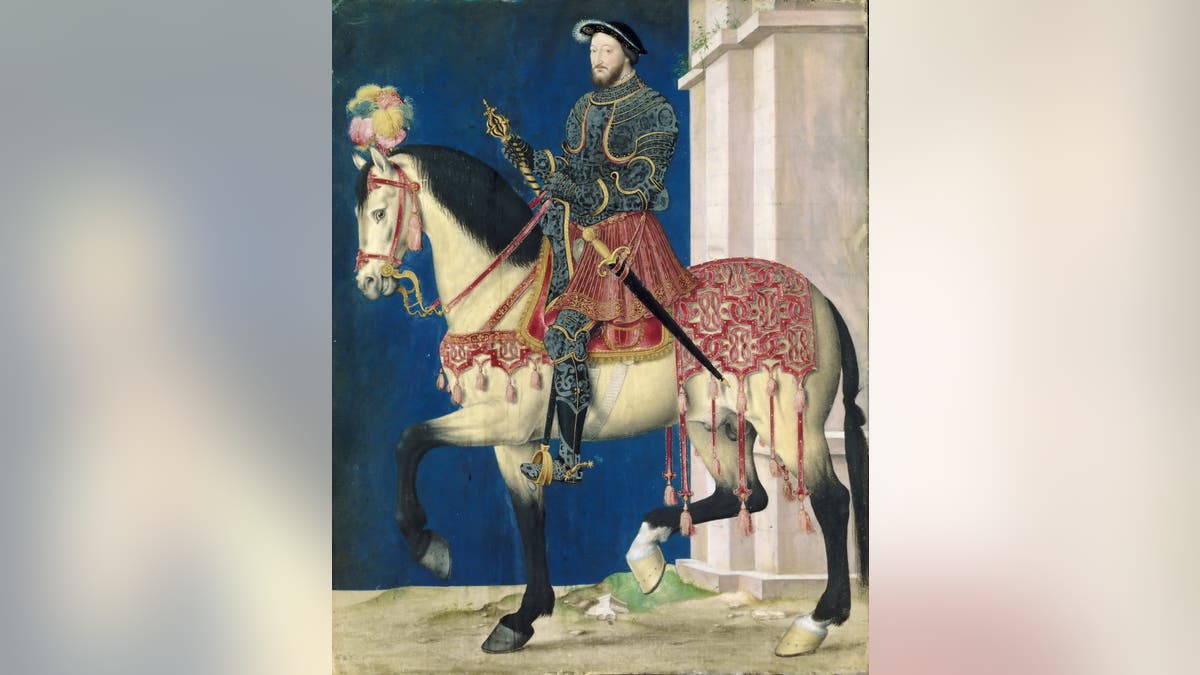
Portrait of Francis I, King of France, on the horseback, c.1540. Collection of Musée du Louvre, Paris. (Photo by Fine Art Images/Heritage Images/Getty Images)
Not to fall behind, French King Francis the 1st gave Verrazzano a green light to sail west and find new trade routes with Asia via the Pacific Ocean. According to historical records, four ships loaded with munitions, scientific equipment and provisions to last eight months left France for the New World. Verrazzano thought the best bet to get there fast was to set sail via the northern route. Unfortunately, not long after the departure, a violent storm swept through the Northern seas, sinking two of the vessels and ruining a third.
In the end, La Dauphine, the first vessel ever built for a transatlantic crossing, remained seaworthy and embarked on a lone journey to the New World from the island of Madeira.
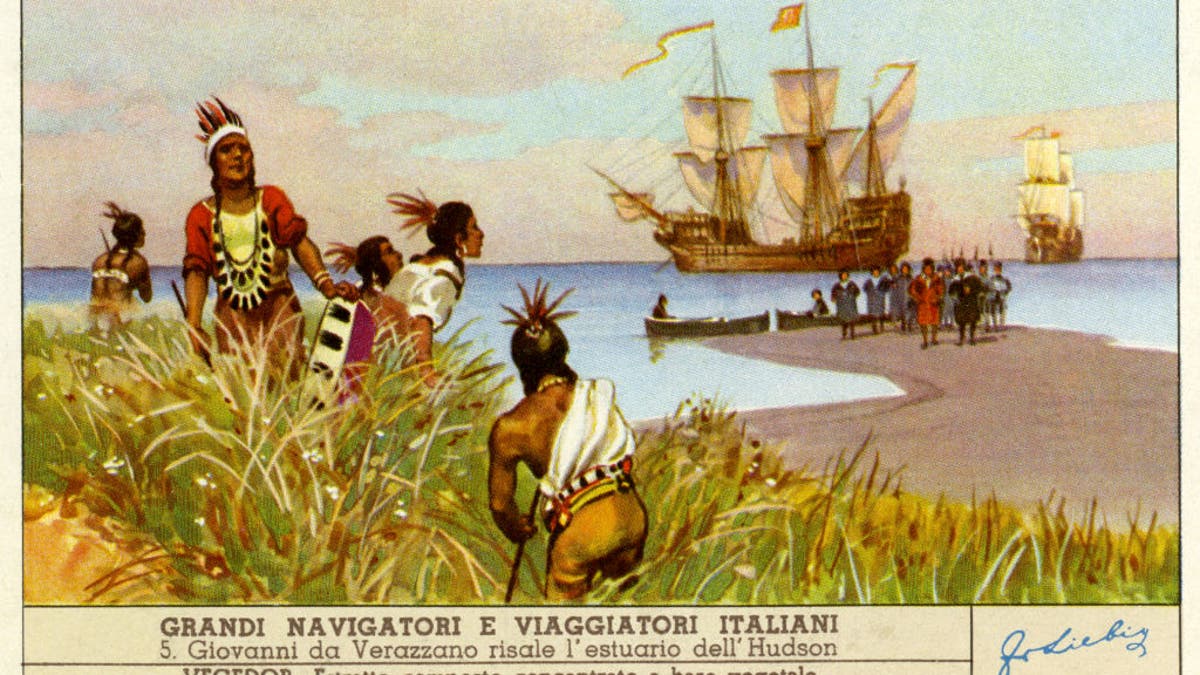
Giovanni da Verrazzano exploring the Hudson Estuary, Liebig collectors card, 1949. (Photo by Culture Club/Bridgeman via Getty Images)
POLISH PRESIDENT ATTENDS PULASKI DAY PARADE, HONORING HERO OF THE AMERICAN REVOLUTIONARY WAR
According to Verrazzano's letters, they reached the shores of present-day North Carolina first and were greeted by peaceful Native Americans.
"We anchored off the coast and sent a small boat in to land," Verrazzano wrote to the King. "We had seen many people coming to the seashore, but they fled when they saw us approaching. Several times they stopped and turned around to look at us in great wonderment. We reassured them with various signs, and some of them came up, showing great delight at seeing us and marveling at our clothes, appearance, and our whiteness; they showed us by various signs where we could most easily secure the boat, and offered us some of their food."
The expedition sailed south toward Florida next but did not find a suitable port, so they turned around and headed north to continue their search for a possible passage to the Pacific.
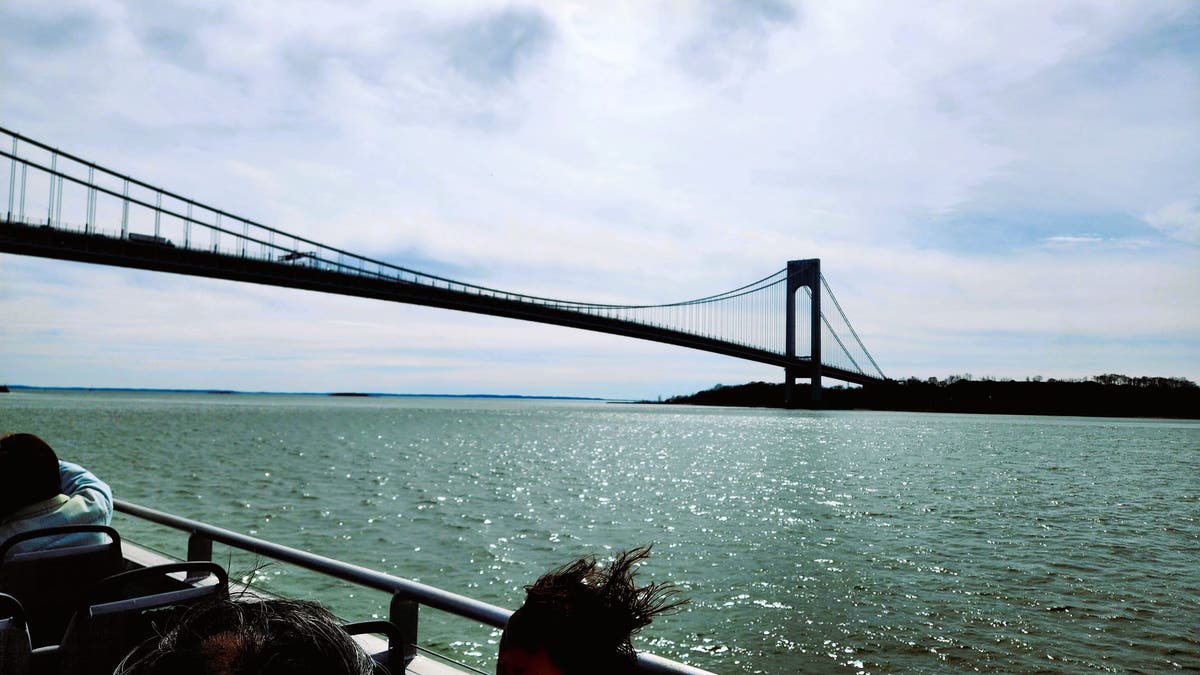
The Verrazzano-Narrows Bridge, New York City. (Danuta Hamlin)
On April 17, 1524, Verrazzano and his crew were the first known Europeans to sail into New York Bay. He recorded seeing the wide entrance to the Hudson River and large numbers of native inhabitants.
"The people were dressed in birds’ feathers of various colors, and they came toward us joyfully, uttering loud cries of wonderment…" Verrazzano wrote about the Lenape tribe.
Assuming that the waterway was merely a lake, he continued his journey along the Long Island Sound toward Rhode Island. He was quite taken by the peoples of this new land. When his ship anchored in Narragansett Bay, some 20 long canoes sailed up to his vessel assessing the big ship and its strangely clad European occupants with great wonder. After the crew handed them some colorful beads and little gifts, some of the native men hopped aboard La Dauphine.
"Among them were two kings, who were as beautiful of stature and build as I can possibly describe," Verrazzano reported. "These people are the most beautiful and have the most civil customs that we have found on this voyage… their manner is sweet and gentle."
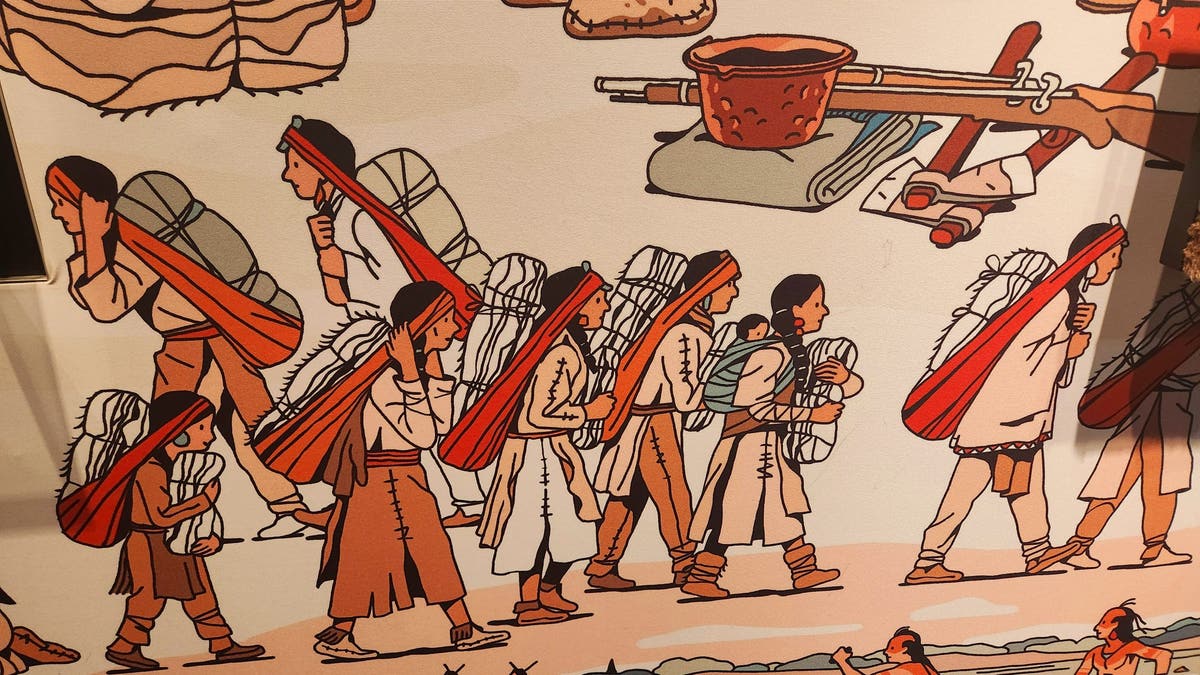
Native Americans, an illustration from the National Museum of the American Indian, New York City. (Danuta Hamlin)
He found the Native Americans very generous but curiously uninterested in the items that he considered of most value.
"The things we gave them that they prized the most were little bells, blue crystals, and other trinkets to put in the ear or around the neck. They did not appreciate cloth of silk and gold, nor even of any other kind, nor did they care to have them; the same was true for metals like steel and iron, for many times when we showed them some of our arms, they did not admire them, nor ask for them, but merely examined the workmanship. They did the same with mirrors; they would look at them quickly, and then refuse them, laughing."
Verrazzano and his shipmates stayed with the Narragansett Indians for about two weeks and went on to describe the native village, diet and lifestyle.
However, as he sailed north toward Maine, the native tribes appeared to be more hostile, and he was reportedly driven from shore in an attempt to land.
Verrazano named the newly discovered lands Francesca, in honor of King Francis, then returned home to France without finding a passage to the Pacific.
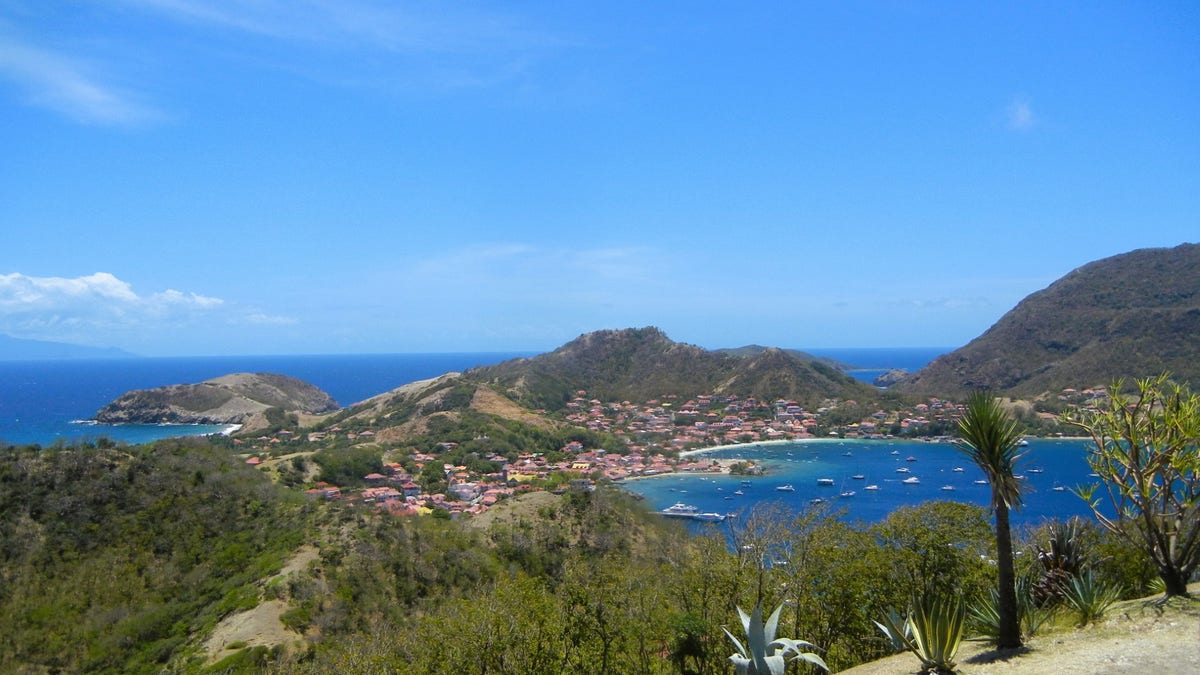
The Island of Guadeloupe, an overseas territory of France in the Caribbean. (Danuta Hamlin)
ON THIS DAY IN HISTORY, SEPTEMBER 3, 1777, 'STARS AND STRIPES' FLIES IN BATTLE FOR FIRST TIME
He ventured to the New World on two more expeditions. During what was his third voyage, he explored the Bahamas and then the Caribbean Islands. However, the islands were different from the lush green North American mainland that abounded with deer, wild turkeys and other wildlife. The inhabitants of the islands mainly depended on the sea when it came to their food supply. Additionally, rumors swirled that some of the somewhat malnourished Caribbean tribes could have even been cannibals.

Fort Napoleon des Saintes, museum, and a former fort in Guadeloupe. (Danuta Hamlin)
Verrazzano had the misfortune to find out for himself whether the rumors were correct or not. According to many historians, when he reached the island of Guadeloupe and went ashore, he was captured, killed and eaten by cannibals.
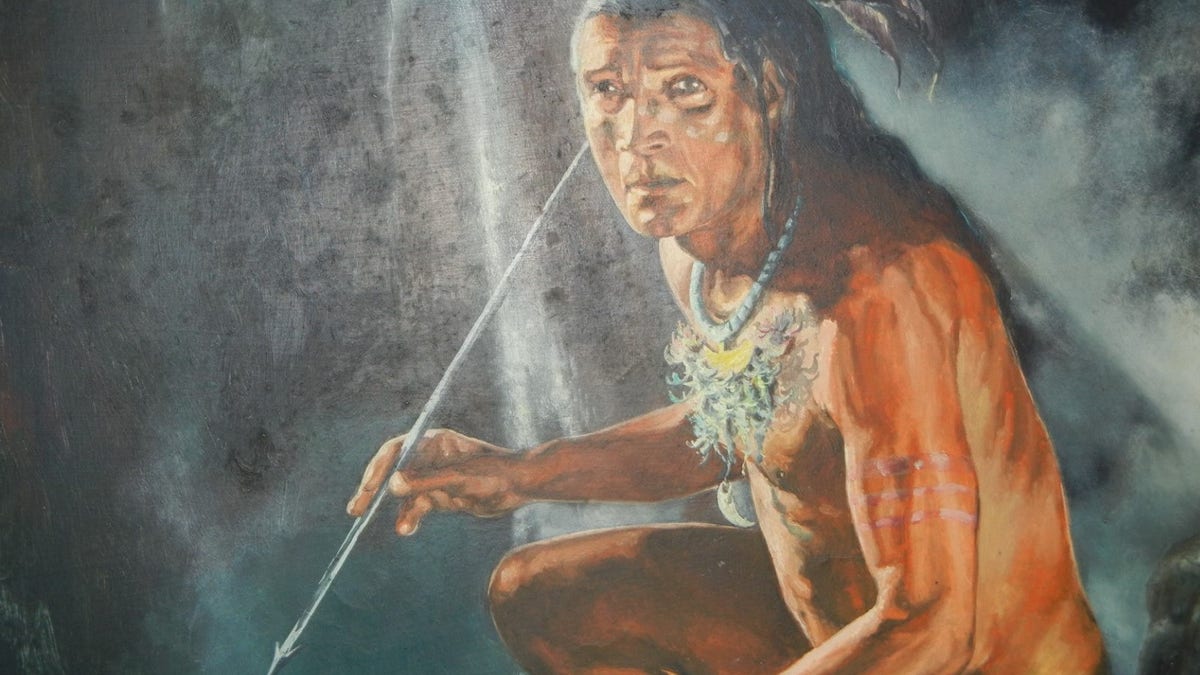
Painting of a Carib man at Fort Napoleon des Saintes museum, Guadeloupe. (Danuta Hamlin)
His colorfully described journeys were soon overshadowed by the 1609 voyage of Henry Hudson on behalf of the Dutch Republic. Ultimately, it was the Dutch who purchased the Island of Manhattan from the Native Americans, naming the new settlement New Amsterdam.

The Dutch settlers in New Amsterdam, an illustration from the National Museum of the American Indian, New York City. (Danuta Hamlin)
CLICK HERE TO GET THE FOX NEWS APP
In 1664, however, the English took over New Amsterdam and renamed it New York after the Duke of York. However, British rule did not last either.
On Sept. 13, 1788, under the Constitution of the United States, New York City became America's first capital. Seven months later, General George Washington was sworn in as the first president of the United States on the balcony of New York's Federal Hall.
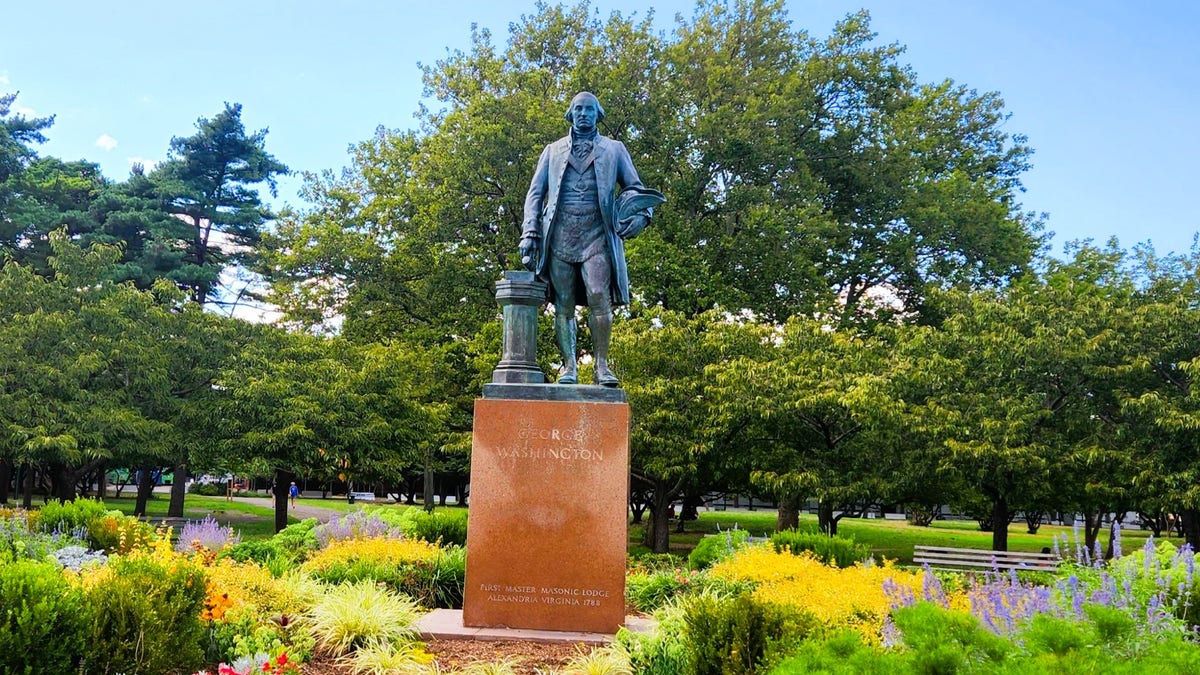
Statue of George Washington in Flushing Meadows Corona Park in New York. (Danuta Hamlin)
New York City became the beacon of freedom and the port of call for many searching for a better life and perhaps a fortune in the New World.
It was only in the second half of the 20th Century that Verrazzano's name and reputation were re-established as the European discoverer of the New York harbor.
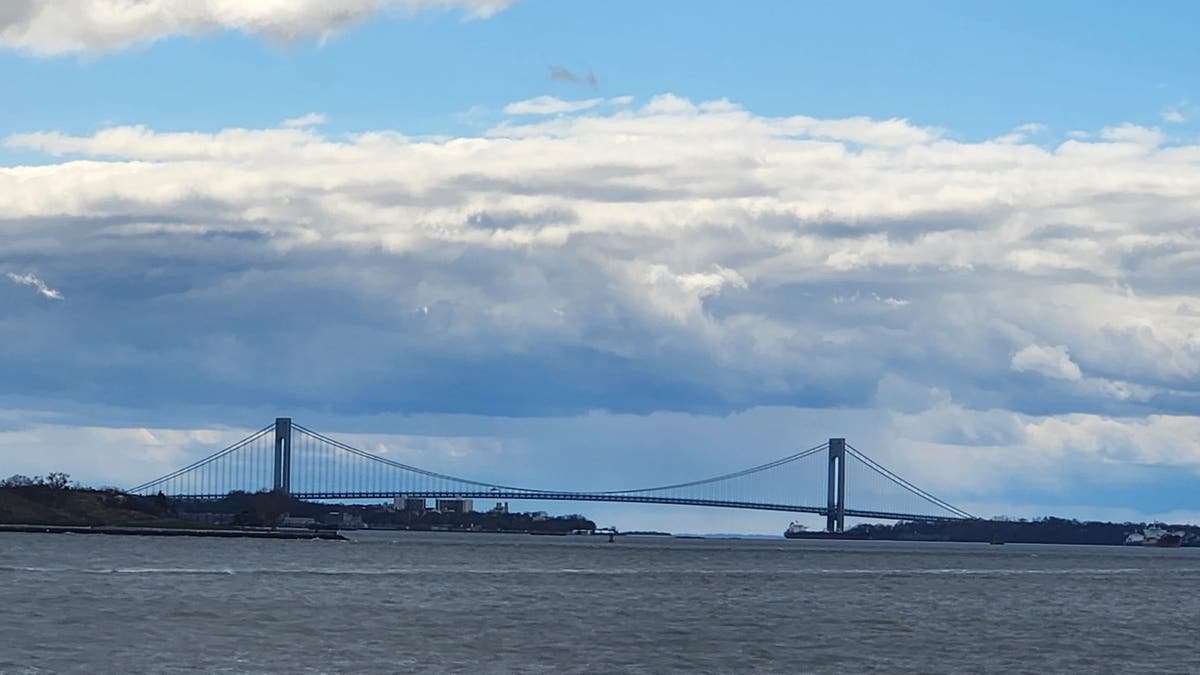
Verrazzano–Narrows Bridge connecting the New York City boroughs of Staten Island and Brooklyn. (Danuta Hamlin)
The Verrazzano–Narrows Bridge connecting the New York City boroughs of Staten Island and Brooklyn, was named after the Italian explorer. It is the longest suspension bridge in the United States.
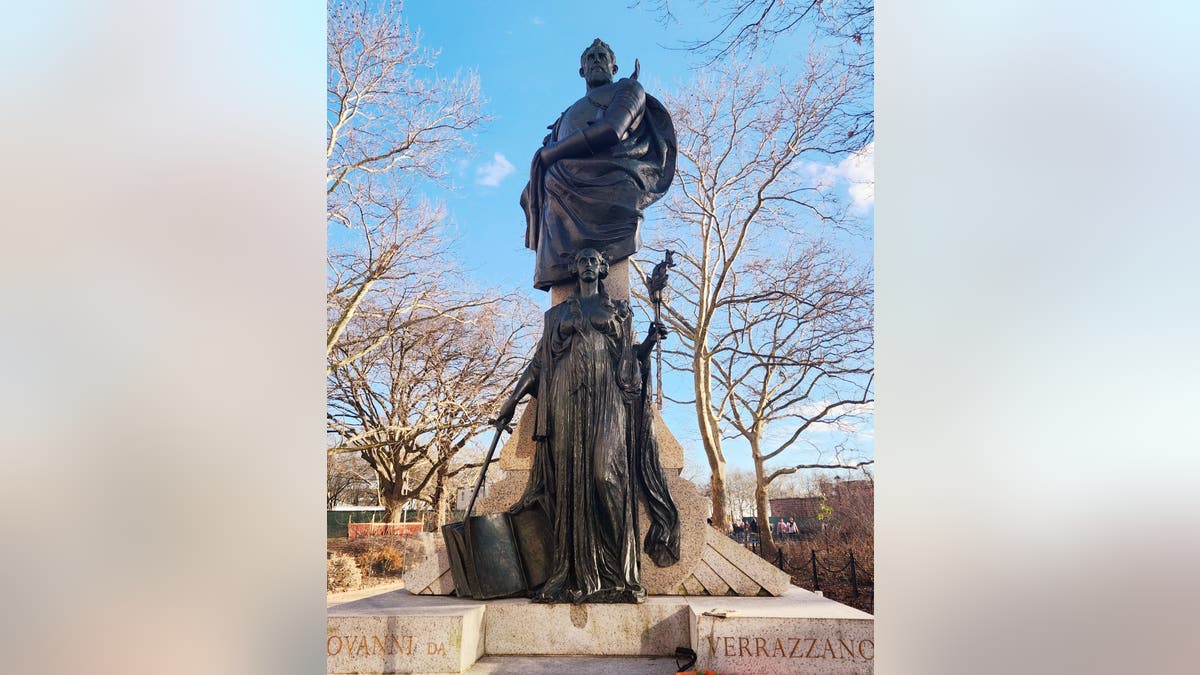
Giovanni da Verrazzano statue at the Battery, New York City. (Danuta Hamlin)
A statue of Verrazzano stands in New York's Battery, overlooking the bay, not far from the National Museum of the American Indian, the native people of this land whom he encountered before any other outsider, and so vividly and colorfully depicted in his letters to the French King.

The National Museum of the American Indian, New York City. (Danuta Hamlin)
500th anniversary of Giovanni da Verrazzano's arrival at New York Bay.


